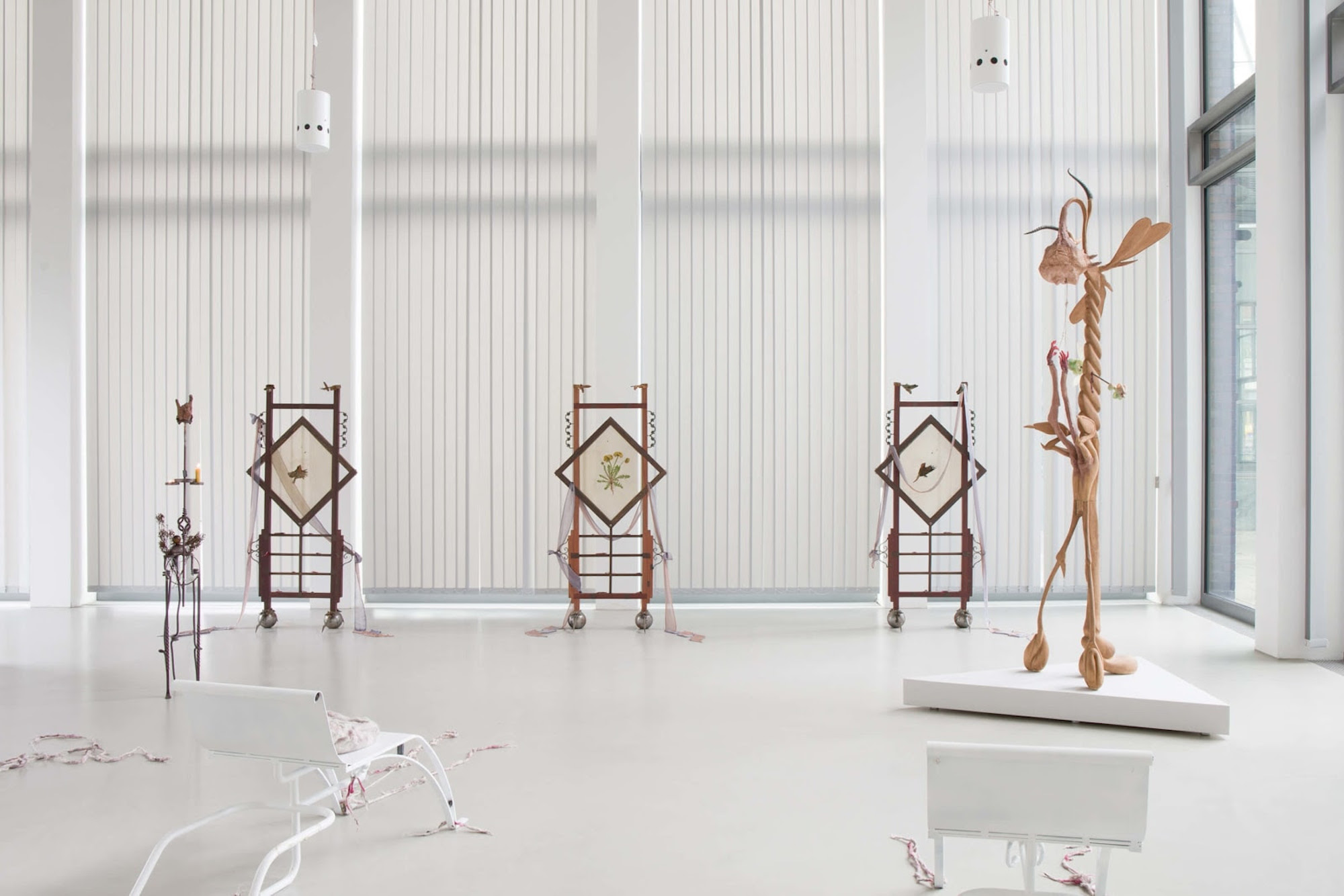Changi, Singapore, possibly 1970s
2012 - Photography (Photography)
Robert Zhao Renhui
Changi, Singapore, possibly 1970s is from the series “As We Walked on Water” (2010-2012), which looks into Singapore’s history around the phenomenon of land reclamation. After exhausting the country’s own soil from its tiny hills and ridges, the government had to buy sand from Malaysia and Indonesia to continue its reclamation efforts. At the early stages of a land reclamation project, the imported sand would sit idle for some time, forming an artificial desert-like landscape. By fictionally representing these landscapes, Zhao’s image fluctuates between history and story making, echoing the equally undermined condition of the man-made nature of our landscapes as they gradually become part of the real environment.
Robert Zhao Renhui’s multimedia practice questions fact-based presentations of ecological conservation and reveals the manner in which documentary, journalistic, and scientific reports sensationalize nature in order to elicit viewer sympathy. Zhao portrays humans as figures curious about their natural environment, which is at times mysterious and unpredictable. Through observing human behavior in front of animals, Zhao’s critical lens examines various modes and preconceived notions of what he calls a “zoological gaze”—the manner through which humans view animals and nature. This perspective challenges the dualistic separation between the human and the non-human worlds. Under the name of a fictional institution, The Institute of Critical Zoologists (ICZ), Zhao’s work creates visual ambiguities that destabilize assumptions about the ways in which images present facts, represent reality, and disseminate truths. Zhao was in residency at KADIST San Francisco in 2014.
Colors:
Other related works, blended automatically
» see more

© » KADIST
Robert Zhao Renhui
2012Expedition #46 is a work from the series “The Glacier Study Group,” which consists of artists, scientists, activists, and enthusiasts of glacial and polar activity in the Artic Circle to conduct scientific investigation, data collection, and glacier sampling...
Related works sharing similar palette
» see more

© » ARTS EQUATOR
Book Review: "Writing the Modern: Selected Texts on Art & Art History in Singapore, Malaysia & Southeast Asia" | ArtsEquator Thinking and Talking about Arts and Culture in Southeast Asia Articles September 12, 2018 By Carmen Nge (1300 words, five-minute read) In the vast firmament of Singaporean-Malaysian art history, no star illuminates as radiantly as T...

© » KADIST
John Houck
2013John Houck’s brown- , sienna- and golden-toned composition, Untitled #185, 65, 535 combinations of a 2×2 grid, 16 colors , features densely packed lines of color moving diagonally across the creased page...

© » HYPERALLERGIC
New Bedford Whaling Museum Restores Rare Panorama Painting Skip to content Conservation efforts to restore Charles Sidney Raleigh’s “Panorama of a Whaling Voyage” (1878–80) This December, the New Bedford Whaling Museum revealed the groundbreaking restoration of one panel from Charles Sidney Raleigh’s “Panorama of a Whaling Voyage” (1878–80)...
Other works by: » Robert Zhao Renhui
» see more

© » KADIST
Robert Zhao Renhui
2012Expedition #46 is a work from the series “The Glacier Study Group,” which consists of artists, scientists, activists, and enthusiasts of glacial and polar activity in the Artic Circle to conduct scientific investigation, data collection, and glacier sampling...

© » KADIST
Robert Zhao Renhui
2014Created during Zhao Renhui’s residency at Kadist SF in 2014, Zhao Renhui began observing and cataloguing insects inspired by the scientific impulse towards exhaustive taxonomy of Sacramento-based Dr...

© » KADIST
Robert Zhao Renhui
2014Created during Zhao Renhui’s residency at Kadist SF in 2014, the photographic grid features a selection of some 6,000 members from single family of flies –hoverfly– identified over the last 25 years by Sacramento-based Dr...

© » KADIST
Robert Zhao Renhui
2016The photograph Proxy II (Beetles) by Robert Zhao Renhui belongs to a series, titled Christmas Island, Naturally, that focuses on the ecology of Christmas Island; a remote volcanic land formation in the Indian Ocean...
Related works found in the same semantic group
» see more

© » CREATIVETIME
Join us this summer for a community sculpture by Rashid Johnson and an experimental opera for trees by Kamala Sankaram - Creative Time Join us this summer for a community sculpture by Rashid Johnson and an experimental opera for trees by Kamala Sankaram April 16th, 2021 Tweet Email Today, Creative Time announces forthcoming public projects that anticipate that this summer, after months of isolation and trauma, art in the public realm will play a significant role in helping New Yorkers celebrate their city, reconnect with their communities, and reestablish relationships with the natural world around them...




